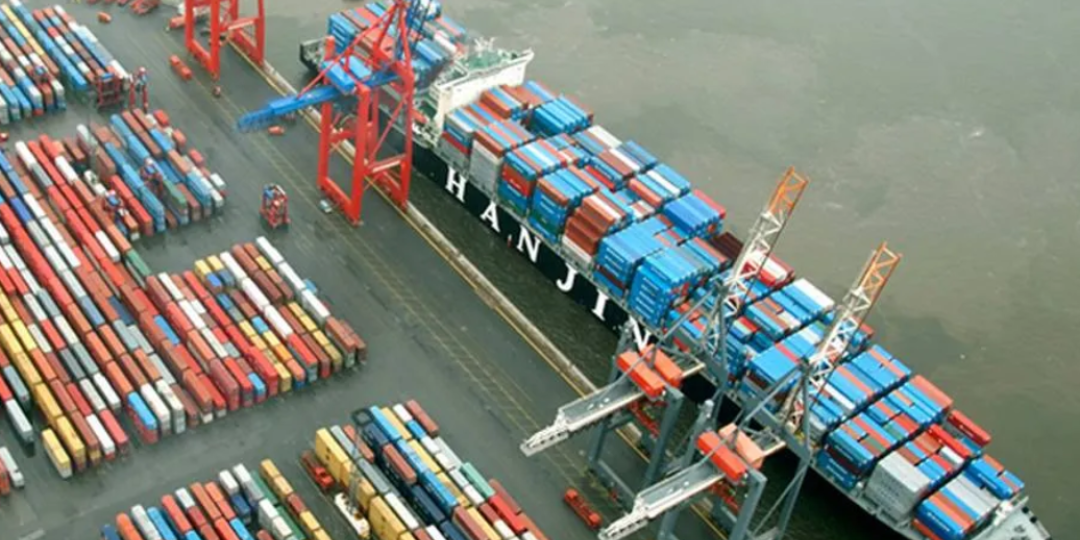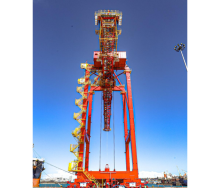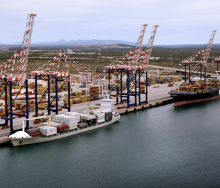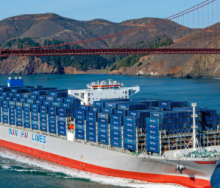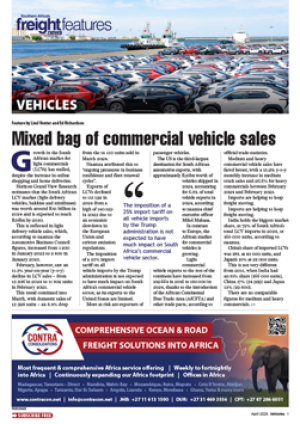While shipping lines saw a sharp decline in revenues last year, a closer analysis is necessary to place the results in context, according to maritime consultancy Sea-Intelligence.
“The decline in revenues ranged between -46.6% and -62.6%. However, the annualised revenue growth rate in 2023-FY is in line with 2018-2019, which suggests that the sharp year-on-year revenue decline in 2023-FY is an artefact of the abnormal revenue growth of 2021-2022, rather than a fundamental revenue loss in 2023,” says CEO Alan Murphy.
ZIM, Yang Ming, and Wan Hai all recorded Ebit losses last year. While four shipping lines had an Ebit of over $1 billion, it’s clear that profitability levels are nowhere near those in 2021-2022.
“Ebit per TEU is one way to visualise profitability,” says Murphy. “Figure 1 shows Ebit for 2010-2023 and shows the unprecedented levels of the 2021-2022 pandemic period, whereas Figure 2 cuts off the y-axis at +/- $300/TEU, to show the developments in 2023.


So far, five shipping lines have published their Ebit/TEU data. COSCO and OOCL haven’t published yet, and CMA CGM does not publicly publish Ebit.
Murphy points out that although Maersk’s Ebit/TEU of $94/TEU is significantly lower than in 2021-2022, it is still higher than most of the pre-pandemic years, whereas for Hapag-Lloyd ($235/TEU), it is the highest outside of 2021-2022. “For ONE ($116 /TEU), we do not have a pre-pandemic reference point, while for HMM, their 2023-FY Ebit/TEU of $119/TEU is lower than in 2020 but is still better than in 2011-2019 (where they were not profitable at all).”
ZIM’s Ebit/TEU loss of -$765/TEU is driven by a “non-cash impairment loss of $2.06bn recorded in the third quarter”, he explains.
